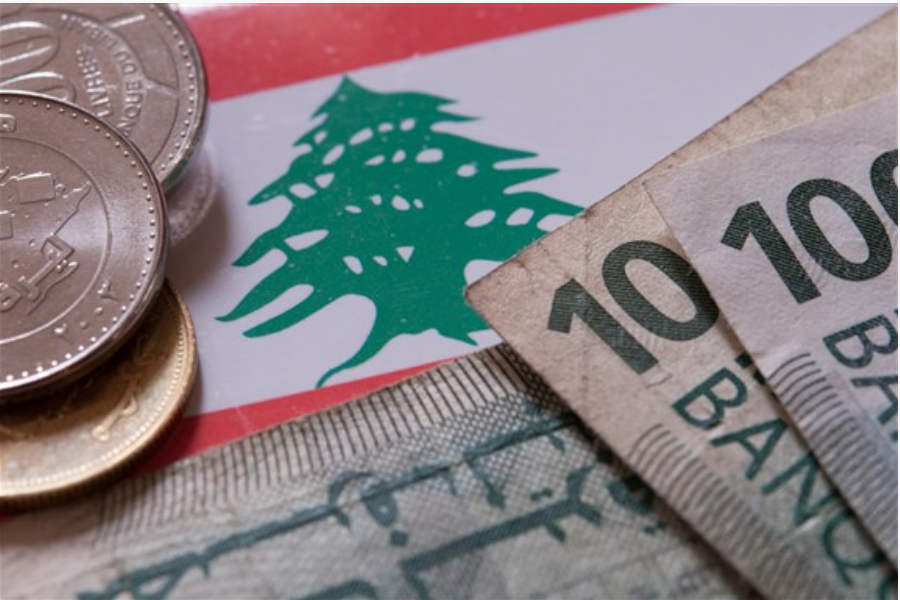
Lebanon’s Economic Odyssey: Taming Inflation on the Road to SDG 1
Ever heard of the Boiling Frog Syndrome? The ‘Boiling Frog’ syndrome is based on an urban legend describing a frog being slowly boiled alive. The premise is simple: if a frog is suddenly put into a pot of boiling water, it will jump out and save itself from impending death… But if you place a frog in a pot of cold water and slowly heat the water, the frog will not perceive the gradual temperature increase. The frog becomes accustomed to the warming water and does not react until it’s too late, eventually resulting in its demise as the water reaches a boiling point. The frog’s inability to sense the incremental change in temperature leads to its unfortunate fate.
Similar to the boiling frog, Lebanon’s population may have adapted to challenges it had been bearing, with some becoming desensitized to the increasing hardships. It is only when the situation reached a critical point, with a sudden and dramatic spike in inflation in 2019, that the gravity of the problem became evident. By this time, many were already deeply affected by poverty, economic instability, and a lack of basic necessities, setting the country on an uncertain path.
With the country already having been in debt before 2019, Lebanon was just falling into its worst state, for inflation rates were at an all time high, reaching record numbers, causing a widespread in poverty, where everyone got affected. Lebanon found itself among the top 10 countries with the highest inflation rates, a stark reminder of the severity of the issue. As if that weren’t enough, the nation’s Net Primary Income plummeted to record lows, exceeding $1.2 billion in negative Net Primary Income in 2019, causing hardships for its people and economy. In reference to Turkey, Turkey has also passed through inflation throughout its years, on a growing bases, however by 2021, Lebanon hit a 154% inflation rate with Turkey (even though it recorded its worst high ever) scored a 19.6% inflation rate.
Faced with this grim reality, Lebanon’s leaders and policymakers embarked on a journey to tackle inflation and work towards SDG 1, ‘No Poverty’, they implemented a multi-faceted approach. This included the introduction of transparent and effective monetary policies to stabilize the currency and control inflation. Additionally, they emphasized fiscal discipline, taking steps to reduce budget deficits, promote responsible spending, and enhance financial stability. Seeking international cooperation and drawing inspiration from successful global cases, Lebanon aimed to create an environment conducive to economic growth, job creation, and poverty reduction, ultimately striving to ensure that basic necessities became more affordable for its citizens.









